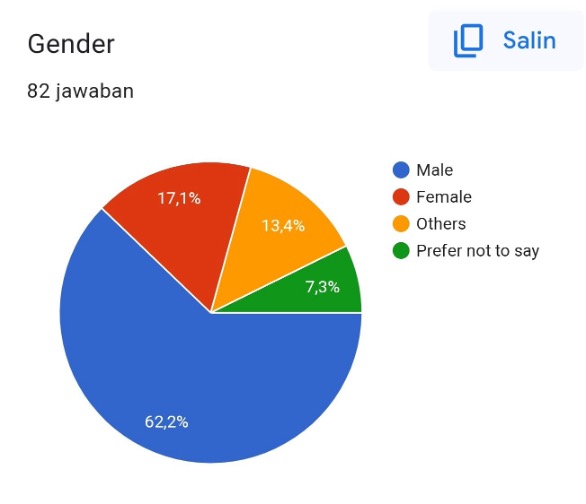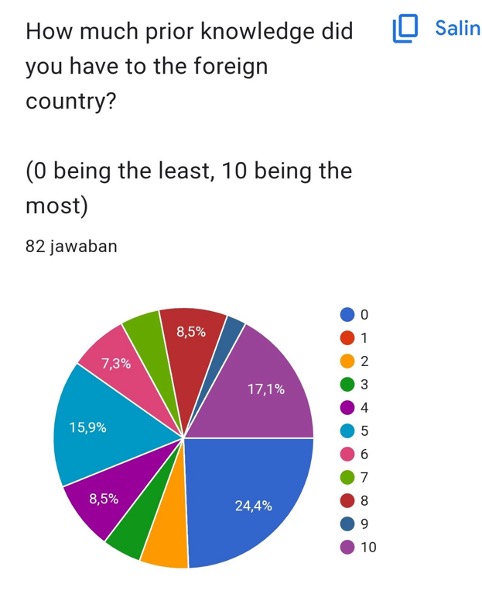How Well Do International Students Adapt to New Cultures?

In today’s era of globalization, the integration of cultures is more prominent than ever. Students studying abroad often find themselves in environments vastly different from their home countries, raising the question: How well do these students understand and adapt to the culture of their host country? This article explores the experiences of international students and their cultural adaptation through a survey conducted with over 80 participants.
Survey Demographics
The survey’s demographic data revealed a diverse group of respondents:
- Gender: 62.2% male, 17.1% female, and the remainder unspecified.
- Age: Predominantly 18-22 years old (59.8%), with smaller percentages under 18 (13.4%) and over 30 (12.2%).
- Duration of Stay: 40.2% had stayed for more than a year, while 35.4% had been in the country for less than a year.
Understanding the National Language
A significant aspect of cultural adaptation is language proficiency. According to the survey:
- 41.5% of participants found the national language easy to understand, likely due to the prevalence of English as a global lingua franca.
- However, 11% struggled with the language, which could hinder deeper cultural integration.
Prior Knowledge and Culture Shock
The survey also delved into the participants’ prior knowledge of the host country and their experiences of culture shock:
- Knowledge: The majority had little to no prior knowledge of the host country.
- Culture Shock: A prevalent experience highlighting the adjustment challenges faced by international students.
Ease of Transition and Cultural Participation
Transitioning to a new culture can vary in difficulty:
- Ease of Transition: 26.8% found it challenging to adapt, while 13.4% found it easy. Flexibility and openness were key factors in smoother transitions.
- Cultural Participation: Most students actively participated in the host country’s culture, with 29.3% engaging frequently. Conversely, 19.5% did not partake in cultural activities.
Interaction with Locals
Interactions with local citizens are crucial for cultural immersion:
- Ease of Interaction: 24.4% found it easy to interact with locals, suggesting a welcoming environment or effective use of English. Meanwhile, 17.1% found it difficult, possibly due to language barriers.
The survey findings suggest that while international students predominantly use English to navigate their new environments, they often lack proficiency in the local language. Most students have minimal prior knowledge of their host countries and experience significant culture shock. Despite these challenges, many actively participate in cultural activities, particularly in trying local foods, indicating a willingness to engage and adapt.
Thank you so much Darlene Adelina Tobing, Gerald Jason Alvin Nainggolan, Gigih Satriya Baswara, Rainard Lantarawani, Xavier El Masrur for the work!



